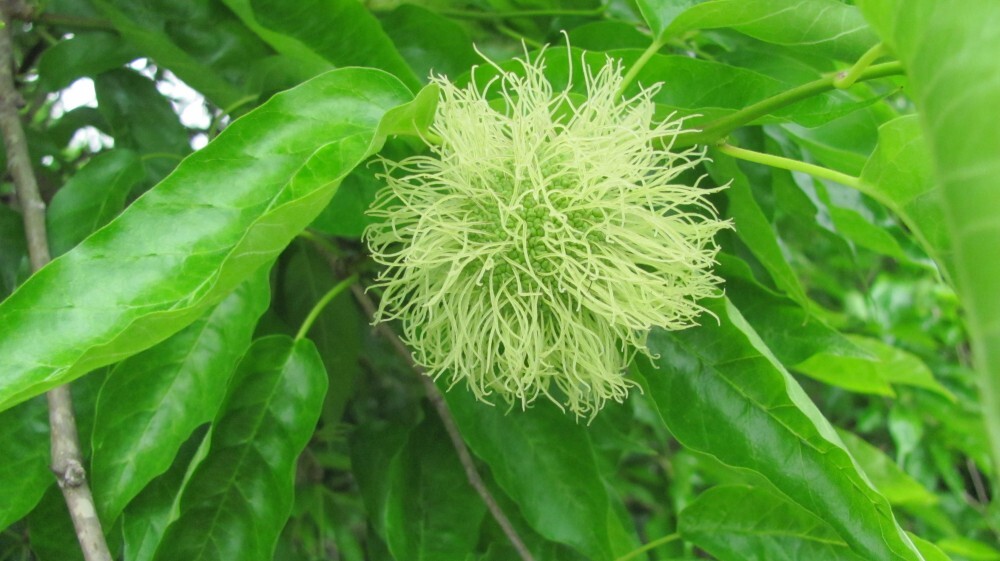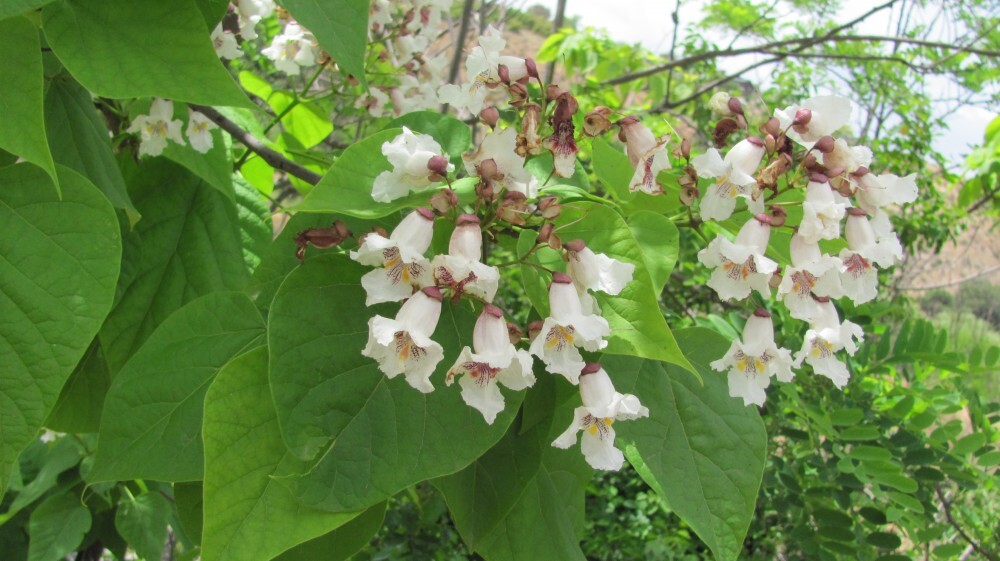Indeed, the scientific consensus forecasts a literal decimation of the world's lifeforms: 1 in 10 species are likely to have vanished from the planet by 2100.
So what are conservation-minded scientists to do?
Dov Sax, an associate professor in the department of Ecology and Evolutionary Biology, has dedicated his career to informing conservation policy by identifying and filling knowledge gaps in the field. Now, he and his team are trying to determine which plant species are most endangered by warming conditions in the United States.
This is not a straightforward question. "One of the big problems we have is in understanding which species are going to be at risk from climate change," he explains.
Picking the players
Species, even those that live near to each other today, are not created equal. Some may be able to tolerate wide variations in climate and will therefore be able to flourish in place; others will not be so fortunate. And it is not always easy to determine which is which.
"If you show me any two critters and tell me where they live, I can't necessarily tell you which is going to survive in place and which is going to need to shift and track changes in climate," says Sax. "And if you don't know that, it's pretty hard to prioritize conservation decisions."
One way to learn more about the conditions that a given species is able to tolerate is to look at whether or not it is able to grow on its own, in the wild, in a location different from its expected habitat. These outliers are known as non-native species, and they can tell scientists a lot of information about the potential of different species to withstand changes in their ambient environment.
"One of the hallmarks of my science career has been trying to understand what insights we can get from non-native species," says Sax. "We normally think of them as a problem—and they often are a problem, but not always. They often have a lot of insights for us. They're sort of like unplanned experiments."

Sax explains that, for most species, the geographic boundary between a liveable habitat and an intolerable one is not rigid. Instead, species' ranges tend to fall on a gradient; that is, some plants tolerate a wide variety of conditions exceptionally well, and thrive far beyond their expected climatic limitations. Others may grow, but are unable to reproduce outside of their native range. Still others may fail to grow at all.
These subtle differences in survival potential are important to understand because they enable conservation scientists to optimize their interventions.
"Imagine you have a long-lived organism like a tree that maybe takes 100 years before it can reproduce," suggests Sax. "Imagine there is some place you could move it now where it couldn't reproduce yet, but it could grow. You could move it now, establish a population, have it grow up, let climate change catch up to that population, and have it poised to be able to reproduce in the future."
These types of interventions are part of a strategy known as managed relocation, in which scientists actively move members of a species whose native range is threatened by climate change. Sax hopes to inform the conversation surrounding managed location by determining which plant species are at risk—and furthermore, which of those are likely to be savable.
Expecting the unexpected
It's a lofty goal; and sometimes, predicting where a plant is likely to flourish is all but impossible. For instance, while studying plants native to Europe, Sax and his team stumbled upon an interesting dichotomy. Plants that had large geographic ranges in Europe generally thrived in areas of the U.S. that were climatically similar; however, plants with much smaller distributions had completely unpredictable growth patterns once they hit U.S. soil.

"The assumption had been in the past that if something is only in the foothills of the Alps, it's a climate specialist. It's there because that's the climate space that's perfect for it," explains Sax. "And what that work showed was that that's actually not true at all. We don't know why those species are limited just to the foothills of the Alps, but it's not climate."
So what is going on in plants with these mysteriously small, niche ranges?
One possibility is that the distribution of these species is, in ecology parlance, dispersal-limited. In other words, when a plant can't move its seeds around, it will have a very difficult time spreading—even to regions where it might otherwise flourish.
This is the case for some of today's limited-range plants, which originally evolved to coexist with so-called megafauna, giant animals of prehistory that helped to disperse their hefty seeds. But animals that exist today are much smaller and lack the strength to do the same, which puts limits on these plants' ability to spread.
The fact that plants with especially small ranges tend not to correspond with the ambient climate is what Sax calls a ‘rule of thumb'. He conducts much of his research in the service of seeking out similar patterns, with the hope that understanding these rules will better inform conservation efforts moving forward.
Forecasting the future
In order to determine which species are likely to be the most threatened in the coming decades, scientists must do their best to understand exactly how the climate is going to change. However, climate modeling is an inexact science. No one knows precisely how the world will warm in the future, or how it will warm in a given spot.
In an effort to account for these uncertainties, Sax and his team are applying their data to multiple climate models, under multiple conditions. Some species may pass the test for all models, under all circumstances. These species are likely to be safe in their current range. Others may fail all tests, and are likely to be unsafe in their current range. Many others will pass some tests and fail others, leading to a certain amount of uncertainty.
"It's not so much that there's an answer," explains Sax, "as much as, ‘this is what the range of approaches suggests for this particular species, or that particular species.'"

For his part, Sax is motivated to do this work because he believes that the world's diverse ecosystems have immense intrinsic value. "There are a lot of reasons to not want to lose a major fraction of the species on the planet," he says.
"This research that I'm doing is pretty basic and fundamental to try and understand how big of a crisis we're really in," Sax continues, "and in trying to decide how to prioritize what we do with the limited amount of funds that we have to try to spend on conservation goals."
This kind of prioritization is an inherently interdisciplinary endeavor. As such, Sax sees a larger, collaborative role for his colleagues in IBES down the road.
"This particular project is a project for ecologists and biologists," he says. "But, this project is filling a knowledge gap so that I can come back to this larger set of conservation questions. And for that, I will need the sociologists and the political scientists and economists and the like."
The ultimate goal is realistic, workable solutions. "How do we develop approaches that we can scale up?," he asks. "This is one part of that puzzle."